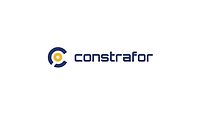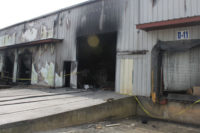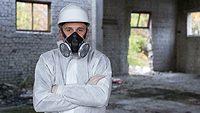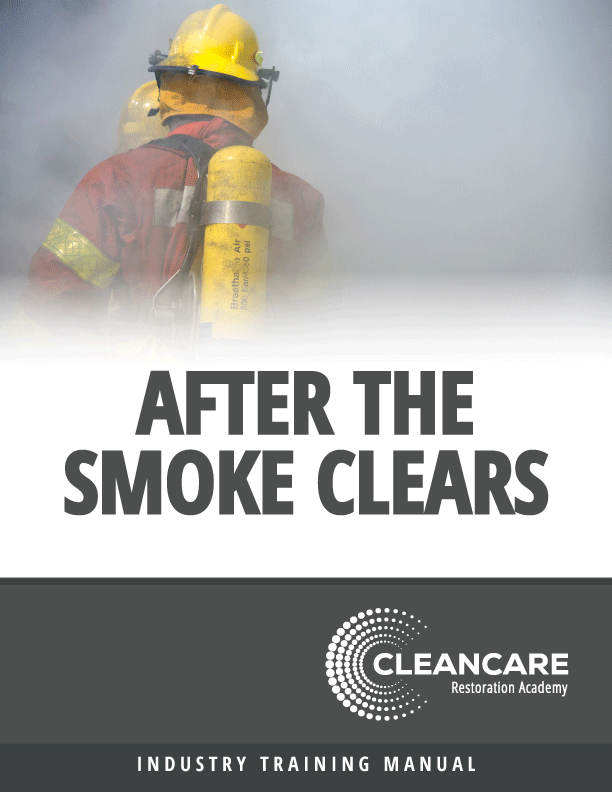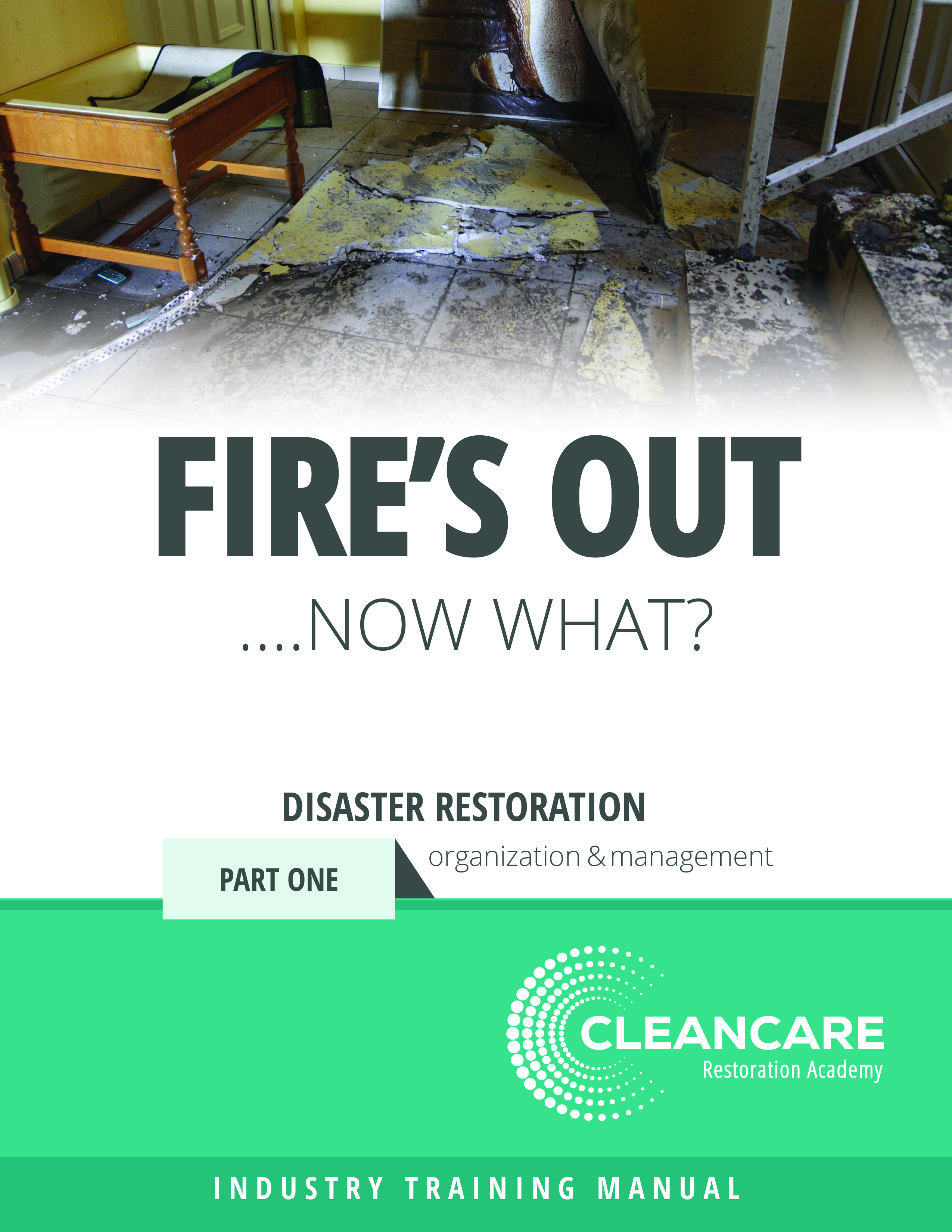Auto Supplier Plant Blaze Launches Massive Restoration Effort
This Princeton, IN plant is a critical facility and must be operational 24/7 to ensure its supplying parts to automakers on time.














On November 20, 2012, Paul Davis National was contacted by the insurance company representing Toyota Boshoku America’s heavy manufacturing plant in Princeton, IN. Scott Brown, Manager of Maintenance, Kaizen, Process Engineering, and Tool/Die for Toyota Boshoku of Indiana, and his team of highly-skilled employees had experienced a catastrophic loss, where one of the extrusion presses that manufactures and assembles seats and door panels for Toyota cars caught fire and caused extensive contamination throughout the 225,000 square-foot metal frame structure.
Toyota Boshoku America is a premier manufacturer of automotive interior systems, which include seat, door trim, headliner, substrate and carpet in addition to air and oil filters for a variety of customers such as the Toyota Motor Corporation and General Motors.
This Princeton, IN plant is a critical facility and must be operational 24/7 to ensure its supplying parts to automakers on time. The company was planning on using its regular janitorial cleaning crew to do the cleaning of the building and in-house electricians to do the service work on the damaged areas and machines during a scheduled shutdown from December 21-31. For the clean-up and restoration work, the company had planned to use a crew of about 20 people and could get 10 to 15 more staff members if needed. And that’s where Paul Davis National’s J Murphy came in.
During a meeting with Brown and the insurance adjuster, Murphy toured the building while Brown explained concerns about the continual soot contamination and all of the extra work his people had to do just to control the damages on a daily basis. After walking through the entire plant, plans included cleaning both the building and the equipment.
Murphy explained that a cleaning job of this magnitude done in the required seven-day time frame, would take approximately 220 to 225 crew members on the cleaning team and another 75 to 90 crew members to clean and restore the equipment. After Brown realized the true magnitude of the damage and the resources required, he agreed to the plan of action that Paul Davis recommended.
The team converged on the job and started planning for crew and equipment needs for the building restoration. The 28 to 48-foot ceiling heights required 65 lifts, 60 air scrubbers and 55 HEPA vacs along with lining up all of the needed labor supervisors, supplies and miscellaneous tools the company would need. Since the Christmas-time holidays fell in the middle of the scheduled work, Murphy and his team had to plan for crews and equipment to be at the job during the holidays. Murphy knew that finding additional supplies and securing deliveries between Christmas and New Year’s was going to be a challenge.
On December 22, with the first crews arriving at 7 a.m., four complete shifts worked around the clock before shutting down at 7 a.m. on December 24. Crews started up again at 7 a.m. on December 26 and worked around the clock, completing the job at 7 p.m. on December 30. The plan was critical due to Toyota’s schedule to start operations testing at 8 a.m. on December 31.
Ultimately, Paul Davis National’s work force included 240 project managers, supervisors, technicians, labor and subcontractors (for duct cleaning) along with teams from ERS, a renowned firm that specializes in optimizing processes and minimizing business interruption.
Planning and Organization Led Way to Efficiency
According to Murphy, the fire broke out on one of the machines in a contained area. It was put out quickly, so no structural damage occurred to the building. The machine was a total loss due to product materials that burned directly onto the equipment, plus a large amount of soot was generated and ultimately deposited throughout the building, equipment, racks, shelving and products. Also, areas that were the farthest from the fire had soot residue deposited on flat surfaces and in upper corners of the ceiling and wall space.
Knowing the corrosive nature of soot and the long-term damage it can cause, restorers conducted a full inspection of the facility.
“After walking the loss, we could see there was soot on some of the more obvious surfaces, but it was difficult to observe the soot on some of the more obscure surfaces,” Murphy says. “In some cases, the soot was so light that it almost blended in with the normal production dust. So, it was decided that we needed to qualify, and, if possible, quantify the areas with soot from areas that appeared to have only production dust.”
They hired an industrial hygienist to sample numerous areas, including flat surfaces with the “known” soot and areas with what appeared to be production dust located outside and inside the control cabinets and on the finished product. The purpose of the sampling was to place sample swipes under a microscope and evaluate the “shape” of the dust particles from the soot particles.
“We know that dust particles and soot particles have distinct differences in shape,” says Murphy. “From this analysis, we then quantified the intensity of the soot particles using a rating scale from one to four with one being the least amount and four being the most,” he said. The process demonstrated, with scientific certainty, that 78% of the building had a quantifiable amount of soot contamination as a direct result of the fire. The environmental evaluation gave us the direction we needed to establish a scope of work for both the building and equipment cleaning.”
Once that was determined, the crew began organizing the work flow and how much equipment and manpower was needed. Based on the understanding of how much cleaning one of the crews could perform in one day, Murphy extrapolated the amount into a square foot calculation and applied it to the square footage of the building. The calculation provided a basis for knowing how many cleaning techs and supervisors were needed and how much equipment was required to complete the cleaning of both the building and the equipment in the seven days allotted by Toyota management.
With five days to plan the project, the crew was able to secure the needed equipment and supplies to complete the entire job. Murphy and his team obtained more than 130 hotel rooms and two passenger busses that moved crews between two shifts. All of the logistical coordination was established several days in advance of starting the job, which was a key factor in completing the project on time.
Specifically, once the job started, Paul Davis gave each project manager a specific area of responsibility along with a crew that was trained for the specific job responsibilities. It was this level of organizational calibration that enabled the team to manage the progress of each shift and make needed adjustments as necessary.
Additionally, throughout the seven days on the job, there was extraordinary cooperation among Toyota Boshoku personnel and Paul Davis to ensure that all working areas were cleared of any movable items. The Toyota team moved everything that could be located out of the way for lifts to be moved easily, among other activities that were required to complete the job on time.
“It was about in the middle of our third day at the project when we felt we were going to make our deadline,” Murphy says. “All of our planning and managed execution was paying off and we felt we were right on track for an on-time completion. This level of confidence seemed to transcend to all of the workers as they became more emboldened to work faster knowing that they were about to achieve a seemingly impossible task – cleaning a 225,000-square-foot building from top to bottom, including all of the equipment, shelving and product within seven working days.”
Looking for a reprint of this article?
From high-res PDFs to custom plaques, order your copy today!



